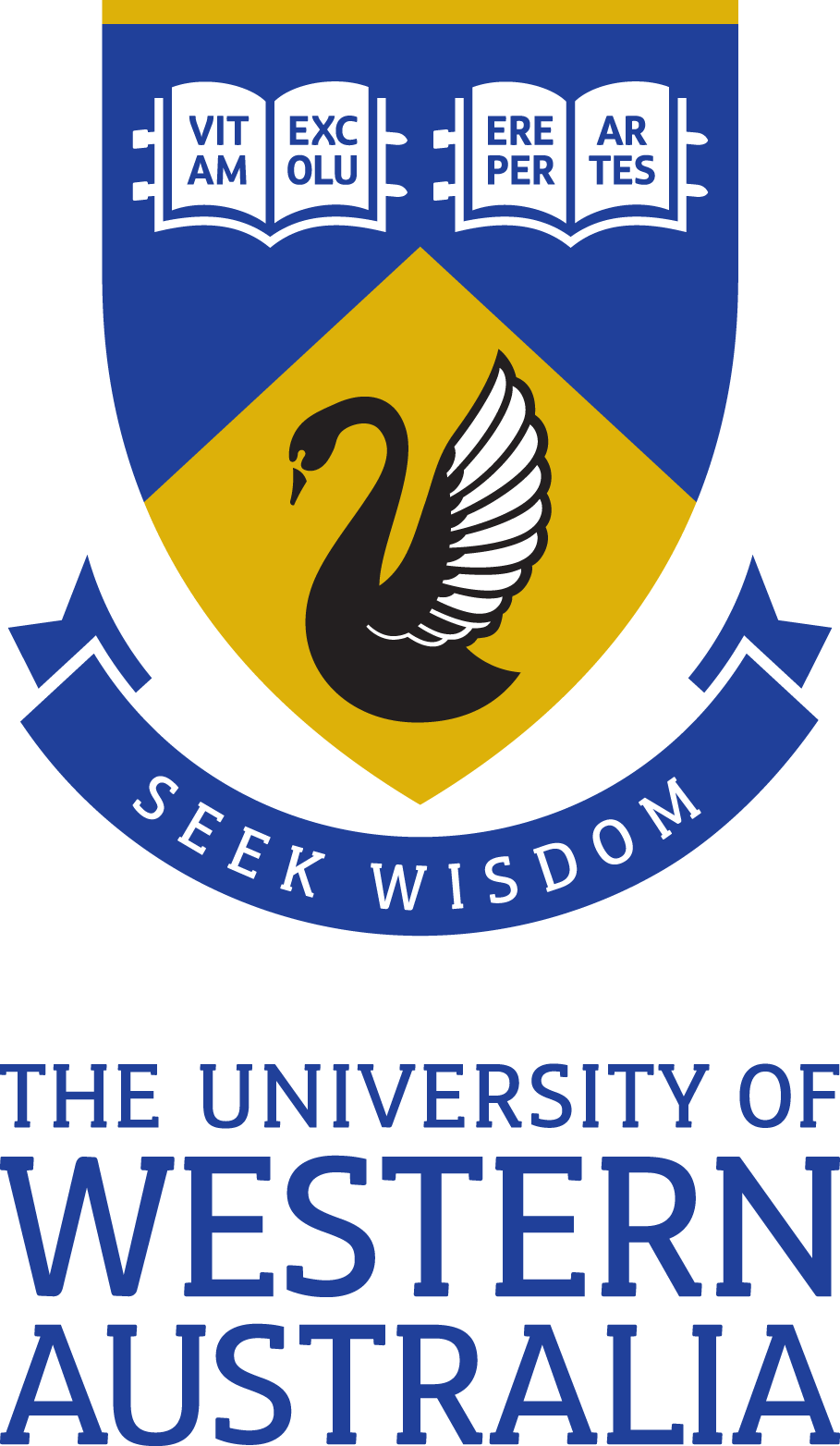Full description
Scleractinian corals have demonstrated the ability to shuffle their endosymbiotic dinoflagellate communities (genus Symbiodinium) during periods of acute environmental stress. This has been proposed as a mechanism of acclimation, which would be increased by a diverse and flexible association with Symbiodinium. Conventional molecular techniques used to evaluate Symbiodinium diversity lack the sensitivity to capture accurate estimates of diversity and are unable to identify genetic lineages present at background levels below 10%. Next generation sequencing (NGS) offers a solution to this problem and can resolve microorganism diversity at much finer scales. Here we apply NGS to evaluate Symbiodinium diversity and host specificity in Acropora corals from contrasting regions of Western Australia. The application of 454 pyrosequencing allowed for detection of Symbiodinium operational taxonomic units (OTUs) occurring at frequencies as low as 0.001%, offering a 10 000-fold increase in sensitivity compared to traditional methods. All coral species from both regions were overwhelmingly dominated by a single clade C OTU (accounting for 98% of all recovered sequences). Only 8.5% of colonies associated with multiple clades (clades C and D, or C and G), suggesting a high level of symbiont specificity in Acropora assemblages in Western Australia. This contrasts with recent literature that have applied highly-sensitive molecular techniques and identified widespread flexibility in symbiont associations across a number of coral taxa in other geographic regions. While only 40% of the OTUs were shared between regions, the dominance of a single OTU resulted in no significant difference in Symbiodinium community structure, demonstrating that the coral-algal symbiosis can remain stable across more than 15° of latitude and a range of sea surface temperature profiles. This study validates the use of NGS platforms as tools for providing fine-scale estimates of Symbiodinium diversity and can offer critical insight into the flexibility of the coral-algal symbiosis.,OTU sequences 454 data cp23s HVR gene33 OTUs identified from samples based on clustering at 97% similarity using average neighbor algorithm in mothurOTU sequences cp23s.fastaHAI cp23s sanger sequencesAbrolhos Islands sanger sequences cp23sKIM cp23s sanger sequencesKimberley sanger sequences cp23sKIM sanger sequence cp23s.fastaOTU sequences 454 data ITS2 gene454 data from Acropora clustered into OTUs based on 97% similarity using average neighbour algorithmITS2 OTU alignment.fasta454 sequence data454 sequence data of Acropora colonies from Kimberley and Abrolhos454 data.fastaR scriptfigures 2 and 3OTU distribution for each colonyOTU distribution for each colonycolonies.csvanalysis pipelinesteps for analysis pipeline in Mothur,Notes
External OrganisationsWestern Australian Marine Science Institution
Associated Persons
Michael Stat (Creator)
Michael Stat (Creator)
Issued: 2014-05-22
Subjects
User Contributed Tags
Login to tag this record with meaningful keywords to make it easier to discover
Identifiers
- DOI : 10.5061/DRYAD.7TH55

- global : d4414da1-2191-496e-b5d4-3c7888cb13ce


